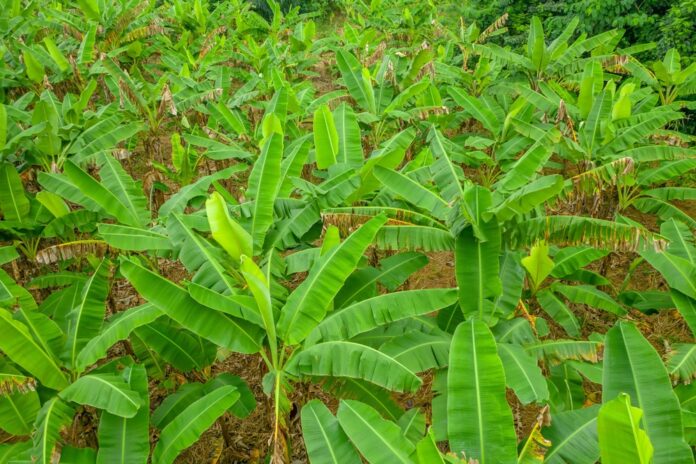The total abaca production in 2022 dropped 5.7 percent to 63,640.61 metric tons (MT) from 2021 when this aggregated 67,488.11 MT, according to the Philippine Fiber Industry Development Authority (PhilFIDA).
The agency traced the diminution to the impact of several weather disturbances and shearline winds which caused unprecedented floodings and landslides last year.
PhilFIDA said among the top producing regions during the period were Davao, Caraga and Bicol.
As this developed, the agency said more changes are needed for the sector to thrive.
Among the most pressing include the continuing practice called bacbac or umbak harvesting where five to six outer leaf sheaths of an immature abaca plant are slit at the base by gatherers with a knife and left to dry for seven or 10 days, which makes the abaca susceptible to disease.
The agency said the pojada practice of buying the entire abaca plantation where even the young abaca plants are harvested also leave the crops susceptible to plant virus that wipe out entire plantations.
Also mentioned was the “plant and forget” attitude of abaca farmers affecting productivity who do not put in as much effort and inputs for mother abaca plants to mature so that more healthy suckers, runners and rhizomes appear.
The agency said the continued lack of funding for education and training on new approaches and technology as well as the fact that local farmers are disorganized and are not members of educated cooperatives also affect overall productivity.







